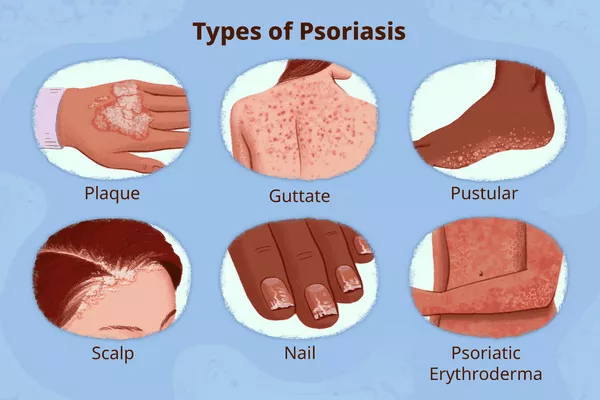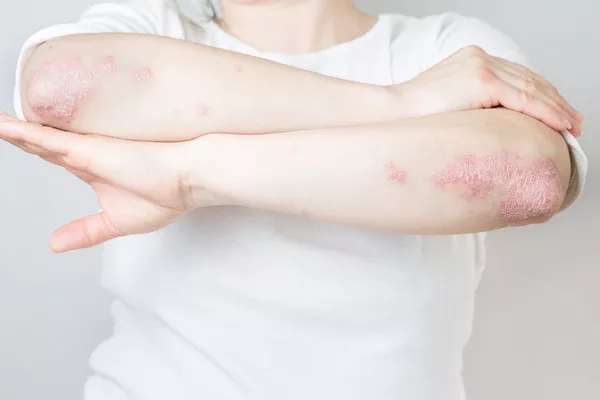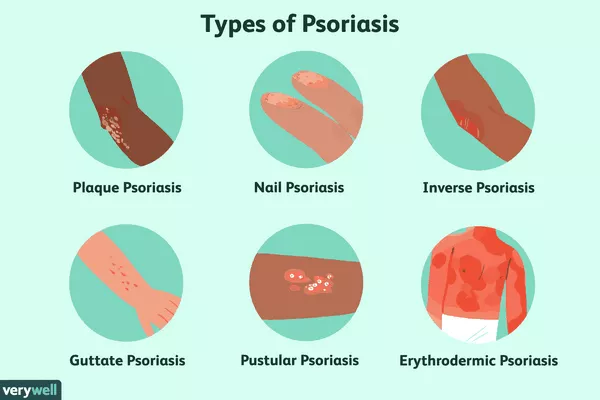Hidradenitis Suppurativa (HS) is a chronic inflammatory skin condition characterized by painful nodules, abscesses, and sinus tracts, primarily affecting areas rich in apocrine glands, such as the axillae, groin, and perineum. Beyond the physical discomfort and psychological burden it imposes, one of the most distressing aspects for individuals with HS is the foul odor associated with the condition. This article delves into the intricacies of the odor in Hidradenitis Suppurativa, exploring its causes, impact on patients’ quality of life, and strategies for effective management.
Understanding the Science Behind the Odor
The malodor associated with Hidradenitis Suppurativa stems from several interrelated factors. Firstly, the occlusion of hair follicles and subsequent inflammation in the affected areas creates an ideal environment for the proliferation of bacteria, particularly anaerobic bacteria such as Staphylococcus aureus and anaerobic diphtheroids. These bacteria metabolize sweat and cellular debris, producing volatile organic compounds (VOCs) with characteristic foul odors, including hydrogen sulfide, isovaleric acid, and ammonia.
Moreover, the breakdown of lipids and proteins by bacterial enzymes further contributes to the noxious odor. The unique composition of apocrine sweat, rich in lipids and proteins, exacerbates this process. As the condition progresses, the formation of sinus tracts and abscesses provides a reservoir for these malodorous compounds, perpetuating the offensive smell even in the absence of active infection.
Impact on Quality of Life
The impact of malodor on the quality of life of individuals with Hidradenitis Suppurativa cannot be overstated. Beyond the physical discomfort and pain, the foul smell can lead to profound social embarrassment, isolation, and even depression. Many patients report avoiding social interactions, intimate relationships, and public spaces due to fear of judgment and ridicule.
Furthermore, the constant awareness of one’s odor can erode self-esteem and confidence, hindering professional advancement and personal fulfillment. The psychological toll of living with a condition that is not only painful but also emits a pervasive odor can significantly impair overall well-being and mental health.
Strategies for Odor Management
Effective management of malodor in Hidradenitis Suppurativa requires a multifaceted approach addressing both the underlying inflammation and bacterial overgrowth, as well as strategies to mitigate the odor itself. Dermatologists and healthcare providers play a crucial role in guiding patients through these interventions tailored to their specific needs.
1. Topical Antimicrobials: Topical antibiotics, such as clindamycin and rifampicin, can help reduce bacterial colonization and suppress the production of malodorous compounds. These agents are often used in conjunction with anti-inflammatory therapies to target both infection and inflammation simultaneously.
2. Systemic Therapies: For more severe cases of Hidradenitis Suppurativa, systemic therapies such as oral antibiotics (e.g., tetracyclines, macrolides) or immunomodulatory agents (e.g., TNF-alpha inhibitors, IL-12/23 inhibitors) may be indicated to control disease activity and alleviate malodor.
3. Wound Care: Proper wound care is essential for preventing secondary infection and minimizing malodor. Regular cleansing of affected areas with antiseptic solutions and the use of absorbent dressings can help keep bacterial growth in check and reduce odor.
4. Antiperspirants and Deodorants: While traditional antiperspirants may not be effective in managing odor in Hidradenitis Suppurativa due to the occlusion of sweat glands, aluminum chloride-based products can help reduce sweating and minimize bacterial proliferation. Additionally, deodorants containing antimicrobial agents or odor-neutralizing compounds can provide temporary relief.
5. Lifestyle Modifications: Lifestyle modifications, such as wearing loose-fitting clothing made of breathable fabrics, maintaining a healthy weight, and practicing good hygiene habits, can help minimize sweating and bacterial overgrowth, thereby reducing malodor.
6. Psychosocial Support: Addressing the psychological impact of malodor is paramount in the holistic management of Hidradenitis Suppurativa. Psychosocial support, including counseling, support groups, and peer networks, can provide patients with coping strategies and a sense of community amidst the challenges they face.
Conclusion
The foul odor associated with Hidradenitis Suppurativa is not merely a cosmetic concern but a significant source of distress and impairment in the lives of affected individuals. By understanding the underlying mechanisms contributing to malodor and implementing a comprehensive approach to management, healthcare providers can empower patients to regain control over their symptoms and improve their quality of life. Through ongoing research and advocacy efforts, we can strive to develop novel therapies and support systems that address the multifaceted needs of those living with this debilitating condition.


























